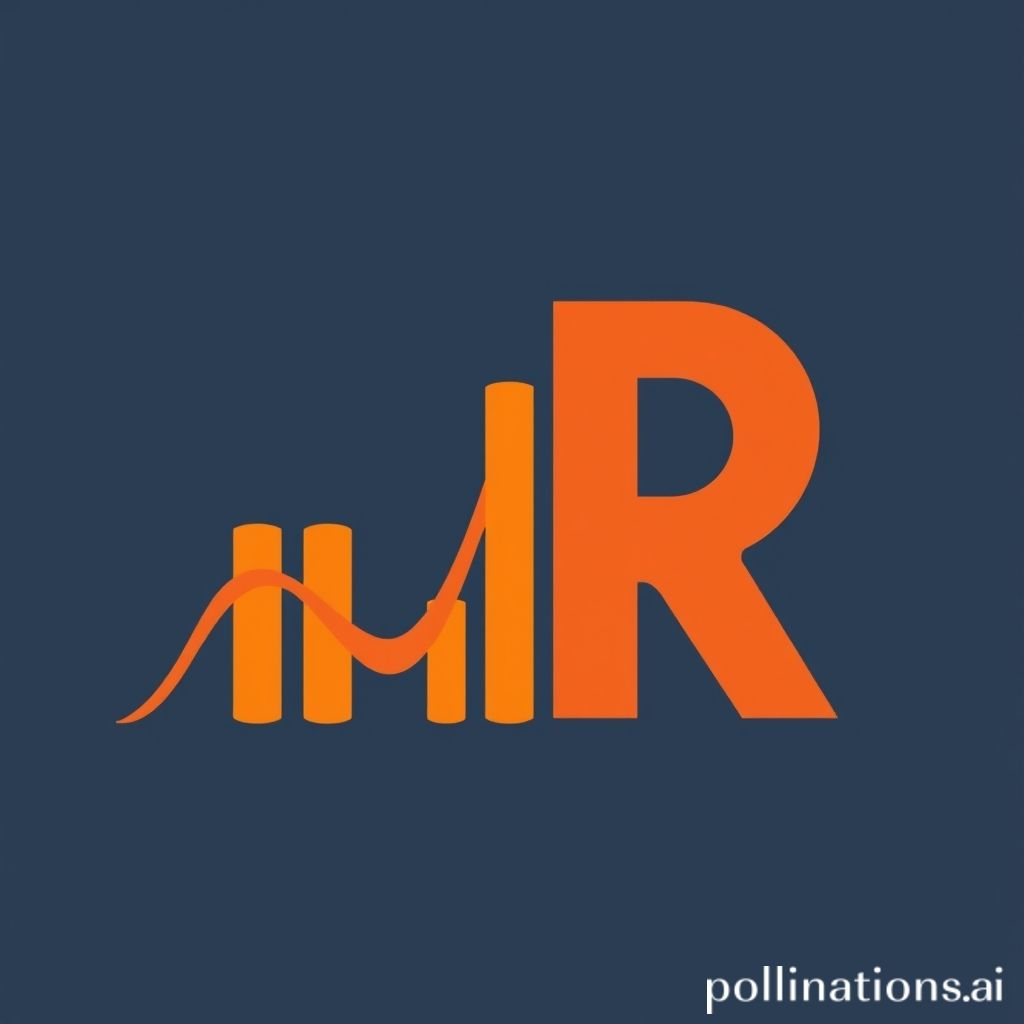
Mastering Data Analysis with R
Data analysis is a crucial skill in today's data-driven world. With the increasing volume of data generated every day, the ability to analyze and derive insights from data is more important than ever. R, an open-source programming language, has become one of the most popular tools for data analysis due to its powerful statistical capabilities and excellent data visualization libraries. In this article, we will explore how to master data analysis with R.
Getting Started with R
Before diving into data analysis, you need to install R and RStudio, an integrated development environment (IDE) that makes R easier to use. Here are the steps to get started:
- Download R from the Comprehensive R Archive Network (CRAN).
- Install RStudio from the official RStudio website.
- Familiarize yourself with the RStudio interface, which includes a script editor, console, and various tabs for viewing files and plots.
Fundamentals of Data Analysis
Data analysis involves several key steps, including data collection, data cleaning, data exploration, and data visualization. Let's break these down:
Data Collection
Gathering data can come from various sources such as spreadsheets, databases, or APIs. R provides numerous packages to import data in different formats, such as:
readrfor reading CSV files.openxlsxfor Excel files.DBIfor connecting to databases.
Data Cleaning
Raw data often contains errors, missing values, or duplicates that need to be addressed. R offers powerful libraries like dplyr and tidyr to manipulate and clean data efficiently. Common tasks include:
- Removing missing values using
na.omit(). - Filtering data with
filter(). - Mutating data using
mutate(). - Pivoting datasets with
pivot_longer()andpivot_wider().
Data Exploration
Once the data is clean, the next step is exploring the dataset to understand its structure and relationships. R provides tools for descriptive statistics and exploratory data analysis (EDA) through:
summary()for summary statistics.str()to examine the data structure.- Visualization libraries like
ggplot2for plotting data and uncovering patterns.
Data Visualization
Effective data visualization helps convey findings clearly. R’s ggplot2 package is widely acclaimed for creating stunning graphics. Here are some common plot types:
- Scatter plots for showing relationships.
- Bar charts for categorical data representation.
- Histograms for distribution analysis.
Conclusion
Mastering data analysis with R requires practice and exploration. By starting with the fundamentals of data collection, cleaning, exploration, and visualization, you can unlock the potential of R for insightful data analysis. With continuous learning and experimentation, you will be well-equipped to harness the power of data in your projects.
